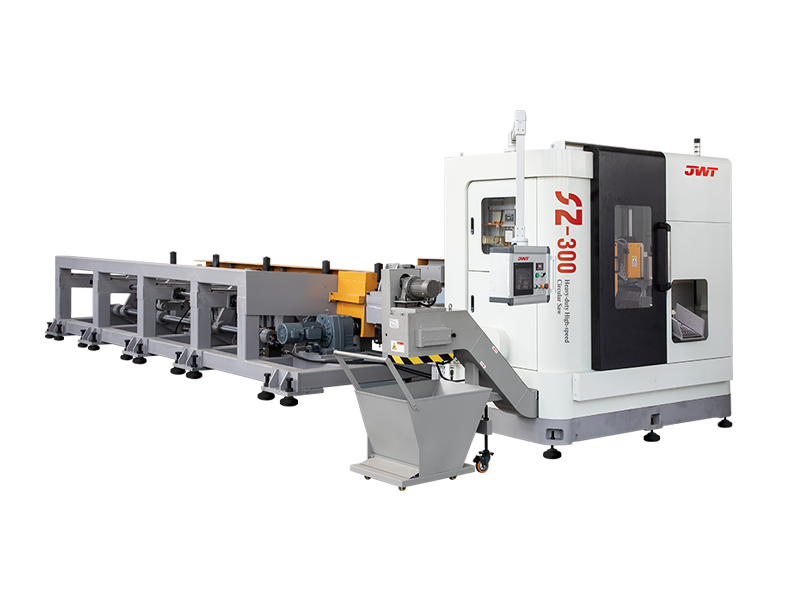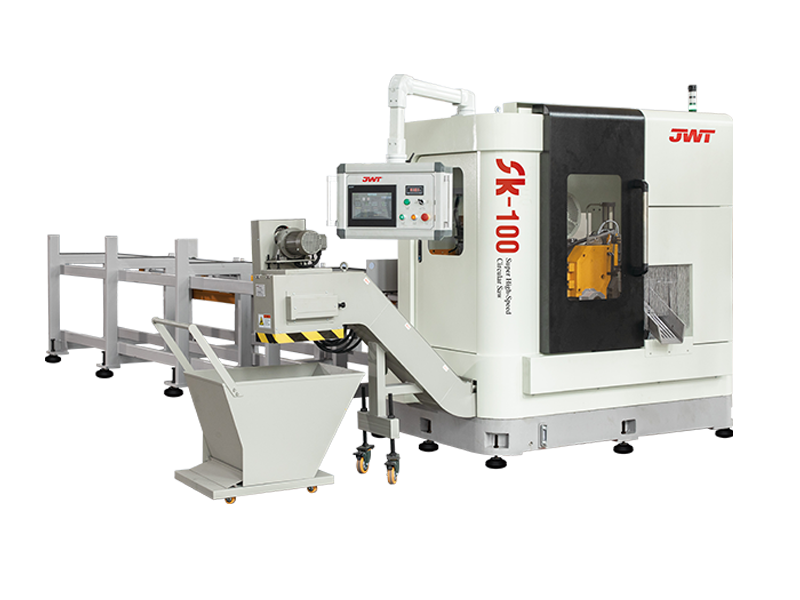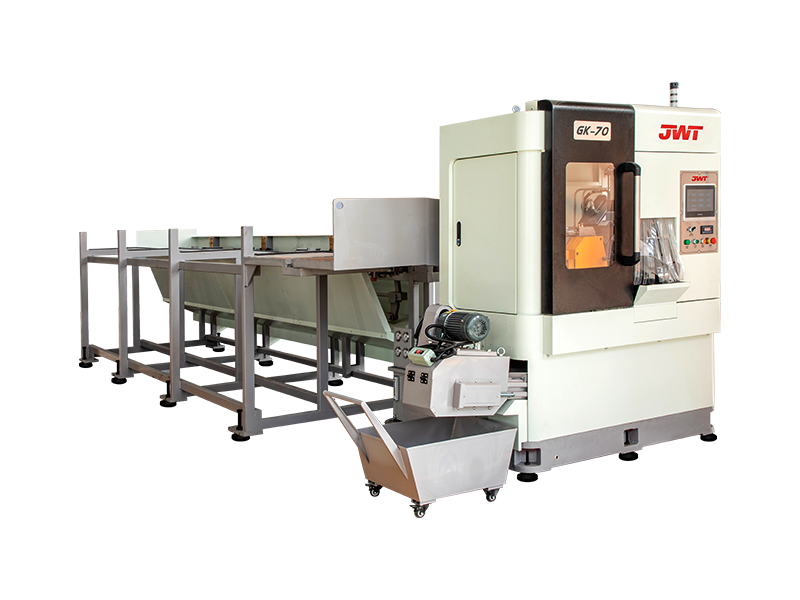Features of an automatic saw machine
An automatic cutting machine is an indispensable tool in modern manufacturing, offering unparalleled efficiency and precision. Unlike traditional manual or semi-automatic saws, these sophisticated devices can execute a full cutting cycle—from material feeding to finished part discharge—without constant operator intervention. The key to their superior performance lies in a suite of advanced features that streamline operations and enhance output quality.
Core Functional Capabilities
At its heart, an automated sawing system is defined by its ability to handle repetitive tasks with high accuracy. One of the most critical features is the material feeding system. This can range from simple pneumatic clamps to complex servo-driven rollers that precisely push the stock into the cutting zone. The accuracy of this system directly impacts the consistency of the cut lengths, a vital factor for quality control.
The cutting head mechanism is another key component. Modern machines often use a hydraulic or servo motor to control the blade's descent and cutting pressure. This allows for a smooth, consistent cut that minimizes burrs and extends blade life. The ability to program different cutting speeds and feed rates is crucial for handling a variety of materials, from soft aluminum to hard stainless steel.
For multi-part runs, the automatic part separation and counting feature is a game-changer. After each cut, the finished piece is often separated from the remaining stock and counted. This automated process ensures that batch quantities are met precisely and reduces the need for manual sorting, saving significant time.
Advanced Control and Safety Features
The brains of an automatic sawing machine is its control system, typically a Programmable Logic Controller (PLC). This allows operators to program complex cutting patterns, batch sizes, and cutting parameters through an intuitive interface. Many systems now include a Human-Machine Interface (HMI), often a touchscreen, which simplifies setup and real-time monitoring of the cutting process.
Safety features are paramount. A modern computerized saw will include multiple layers of protection, such as:
-
Blade guards to prevent accidental contact.
-
Emergency stop buttons (E-stops) placed strategically around the machine.
-
Interlocks that prevent the machine from operating if doors or guards are open.
-
Overload protection to shut down the machine if the motor is under too much stress.
Versatility and Customization
Beyond the standard features, many industrial sawing machines offer optional components that enhance their versatility. Bundle cutting capabilities allow the machine to cut multiple pieces of stock at once, dramatically increasing throughput for high-volume jobs. Miter cutting functionality enables the saw to make angled cuts for applications like framing or truss work.
Furthermore, chip conveyor systems automatically remove metal shavings and debris from the cutting area, keeping the workspace clean and preventing jams. This feature, combined with a coolant system, not only improves the quality of the cut but also helps to extend the life of the saw blade.
In summary, the features of a modern automatic saw machine go far beyond simple cutting. They integrate precision feeding, smart controls, robust safety measures, and customizable options to deliver a complete, automated solution that boosts productivity, ensures consistency, and enhances safety in any workshop or factory.



 中文简体
中文简体 русский
русский







